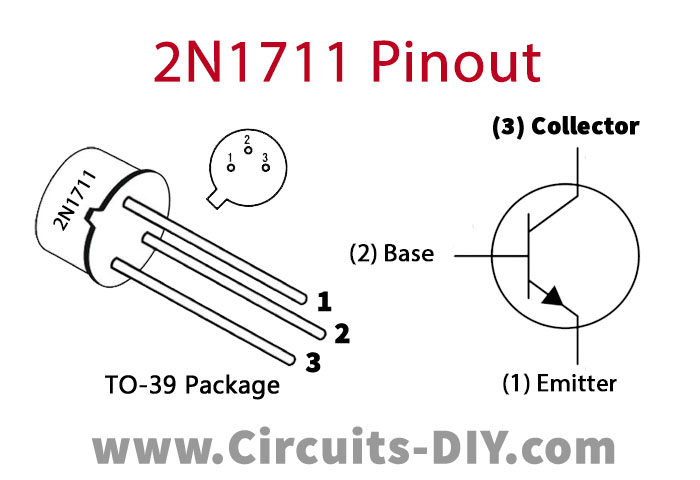In this tutorial, we are demonstrating NiCd Battery Charger Circuit. The NiCd Battery Charger can charge a 12V NiCd battery pack. However, you can likewise charge 6V and 9V battery packs.
When you give the input capacity to the NiCd Battery Charger Circuit, you will get the ideal output for various battery packs. This circuit is using a transformer that can convey a 4A current somewhere in the range of 12V to 16V. Standard chargers select the charging voltage through a switch yet the circuit highlighted here utilizations a programmed current regulator.
The circuit fabricates by using a combination of four NPN transistors to amplify the current as per the desired value, a transformer to step down the input voltage, and a diode bridge rectifier to convert the input AC signal into DC.

Hardware Components
The following components are required to make NiCd Battery Charger Circuit
| S.no | Components | Value | Qty |
| 1 | Transformer | 12V-16V/4A | 1 |
| 2 | AC Power Supply | 230V | 1 |
| 3 | Fuse | 500mA | 1 |
| 4 | Diodes | 1N5400 | 4 |
| 5 | Resistor | 0.15 ,2.7K, 100, 22, 2.7, 220Ω | 1, 1, 1, 1, 1, 2 |
| 6 | Transistor | 2SC2270, 2SC3622 | 1, 1 |
| 7 | Transistor | 2N1711 | 1 |
| 8 | Transistor | 2N3055 | 1 |
| 9 | NiCd Battery | – | 1 |
2N3055 Pinout

For a detailed description of pinout, dimension features, and specifications download the datasheet of 2N3055
2N1711 Pinout

For a detailed description of pinout, dimension features, and specifications download the datasheet of 2N1711
NiCd Battery Charger Circuit

Working Explanation
The circuit of the NiCd Battery Charger is shown above. This circuit has a built-in automatic current regulator. Because of this, the charging current is regulated to 4 amperes so the charging current gets 4 amperes. The 0.15 Ohms 3W resistor voltage will get 0.7V. Therefore, the transistor 2SC36522 becomes in an ON state and supplies the current to transistor 2N1711 which will short the base of 2SC2270 to the ground and cut off the base current of 2N3055 consequently the way toward charging will begin. Utilize a good heatsink with transistor 2N3055.
Applications and Uses
- Rechargeable nickel-cadmium (NiCd) batteries are broadly utilized in consumer gadgets due to their high energy density, long life, and low self-release rate.
- Standard NiCd cells charges at various rates: a quick charge of high current, or overnight with low current.








疫情还未结束,还是祝愿人类和平吧!
大